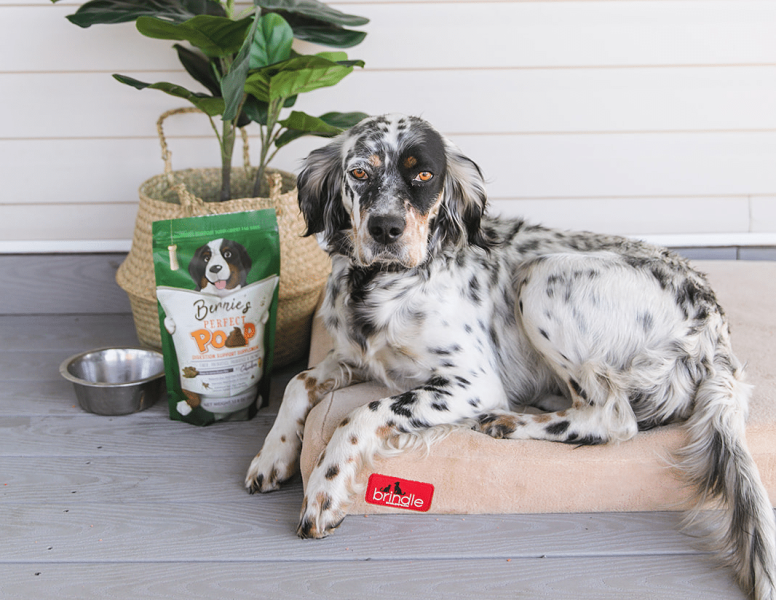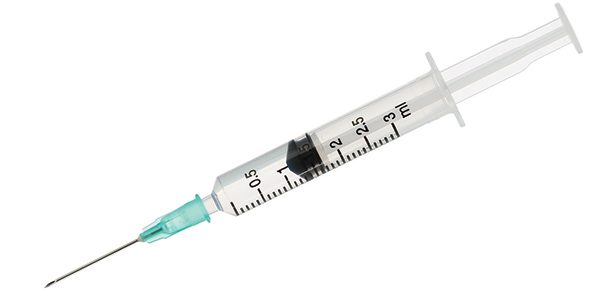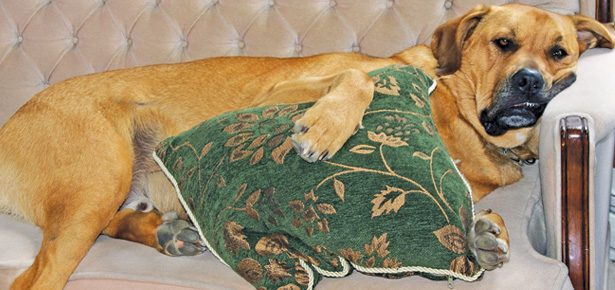
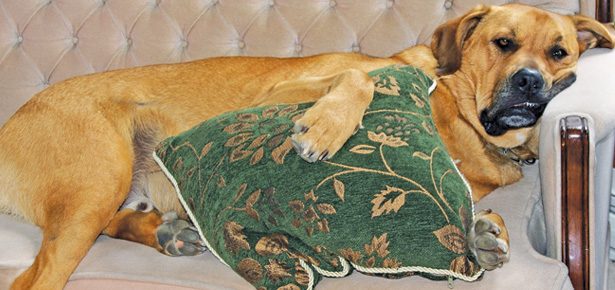
Keep Your Dog and Your Home FLEA-FREE!
Kick these critters out for good
Fleas are the bane of many a dog and many a dog owner. Dogs can easily pick up fleas outside and a few fleas can quickly lead to an infestation, causing both you and your dog serious discomfort and even illness. Signs your dog has fleas include black specs in his fur (that would be flea dirt), white specs in his fur (those would be flea eggs—ack!), and scratching and nipping, particularly at the base of the tail. Get a fine-toothed flea comb and comb your dog, concentrating at the neck and tail base, looking through the debris the comb collects. The comb may also capture fleas themselves—they’re fast moving and tiny, like the head of a pin. Drown any fleas you collect in soapy water. Also take a look at your dog’s tummy— less fur makes it easier to see fleas.
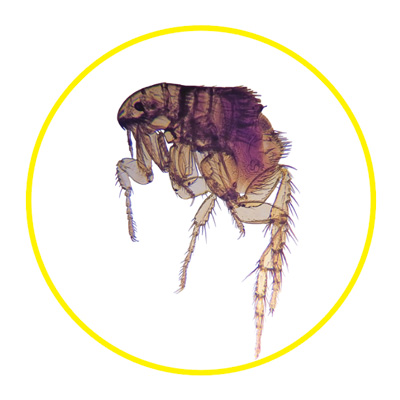
Though not their first choice, fleas like human blood too and they can jump from your dog’s fur or bedding onto your skin and your furniture. Like dogs, some people are allergic to fleabites. If your bites are intensely itchy, this is likely you.
For an idea of how quickly the problem can grow, consider this: Female fleas can lay 40 to 50 eggs a day, which can lead to an infestation in days. For every flea you see on your dog, vets estimate there are 100 more in your house. Furthermore, eggs can fall off your dog and hatch anywhere—carpets, pet beds, and couches you share with your pets are flea favourites. The fleas then feed on you and your pet and the cycle continues.
The first step in dealing with a flea infestation is to de-flea your dog, whether through a spot-on treatment, a shampoo (most have to be kept on for 10 minutes before rinsing—be sure to read the instructions) or an all-natural approach like Dr. Dobias Flea Hex.
The next step is to deal with your house and your yard. Wash all pet bedding in hot water. Wash any washable couch cushions and vacuum what you can’t wash. Vacuum all carpets with a rotary or beater bar and immediately empty canister/seal bag and take outside to the garbage. Mop all floors. Repeat weekly.
Now for the yard: mow the lawn, trim shrubs, and rake the leaves to make it as unwelcoming as possible for fleas and ticks. They thrive in the untended areas. (Note that the brown dog tick can also live and reproduce inside your home. Check its favourite hiding spots—cracks, curtains, under rugs, beneath furniture, and behind radiators.)
Use a flea comb to check your dog weekly so you can take care of any fleas before it becomes a bigger problem. Ticks carry serious disease and need to be removed right away. For five steps to safely remove a tick, go to moderndogmagazine.com/remove-tick.
SIGNS OF TICK-BORNE DISEASES
Lyme disease, Rocky Mountain spotted fever, and ehrlichiosis all cause similar symptoms in dogs, including:
• Loss of appetite
• Swollen lymph nodes
• Fever
• Joint swelling or pain
Ticks can also cause paralysis. Some ticks produce a toxin that will make the host’s muscles weak. Most dogs recover quickly once the tick is removed.
For more great flea and tick solutions, check out these Modern Dog approved products!
Join the newsletter and never miss out on dog content again!
"*" indicates required fields
By clicking the arrow, you agree to our web Terms of Use and Privacy & Cookie Policy. Easy unsubscribe links are provided in every email.

